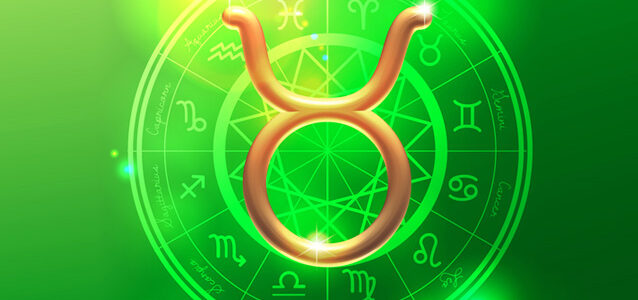Traditional Astrology: Opening Statement
For the purpose of this debate I will define “traditional astrology” as a collection of astrological doctrines that coalesced into a system for studying fate somewhere around the 1st century BCE in Alexandria, Egypt, and was practiced, refined, and expanded until the late 17th century. While there were a number of different traditions and variations in both the practice and conceptualization of astrology during this period, there was an underlying continuity in the main outlines of the approach. Hellenistic astrology in particular represented a synthesis of the scientific, cultural, and spiritual trends of the Mesopotamian, Egyptian, and Greco-Roman traditions. The syncretic form of astrology that was produced by these cultures was practiced within both a practical as well as a spiritual context, equally giving room to both spheres of life.
In the 17th century astrology fell out of favor culturally and intellectually due to a variety of different reasons. It was not revived again until the late 19th and early 20th century, at which point it was largely taken up by proponents of spiritualism and Theosophy. There were deliberate attempts at this point to simplify the technical apparatus of astrology in order to make it easier to learn and disseminate, and these efforts resulted in a decline of the system from a technical standpoint compared to what had been practiced before. At the same time changes in education which made it so that Greek and Latin were no longer taught in primary schools made it so that the texts of the earlier tradition were inaccessible to modern readers, thus further isolating them from the tradition.
This lack of familiarity with the actual practice of traditional astrology made it an easy scapegoat, and reformers have continually used it as a sort of bogyman in order to justify their own further modifications of the few fragments of the system that they inherited. While those in the scientific community could genuinely say that they were standing on the shoulders of giants when making some of the greatest scientific discoveries of the 20th century, modern astrologers could not share the same sentiment, as they only stood on the ashes of the 2000 year tradition of astrology that existed prior to their time.
The Uranus-Neptune conjunction in the early 90s coincided with a revival of traditional forms of astrology in the west, as astrologers began setting up translation projects and recovering the primary source texts of the Hellenistic, Indian, Medieval, and Renaissance traditions. During this period of recovery astrologers found many useful techniques that complemented and enhanced concepts that were already in use in modern times, such as the distinction between day and night charts known as sect, and they also found some powerful timing techniques that could do things that astrologers didn’t even know were possible, such as Zodiacal Releasing and the time-lord systems. The end result of the revival of traditional astrology is that astrologers are once again rebuilding a system of astrology that is capable of making specific statements about the concrete external circumstances of a person’s life with surprising accuracy. However, traditional astrologers do not simply focus on external events, but they draw on their historical connection with many different religious, spiritual, and mystery traditions in order to provide a deeper spiritual and philosophical context for astrology as well – one that is rooted in the genuine philosophies of the western exoteric and esoteric tradition, rather than just the more recent appropriations of some pieces of those traditions by the New Age movement. This ability to address both external circumstances as well as internal dispositions results in an astrology that is more holistic than an astrology that is only capable of dealing with the psyche.


Leave a Reply